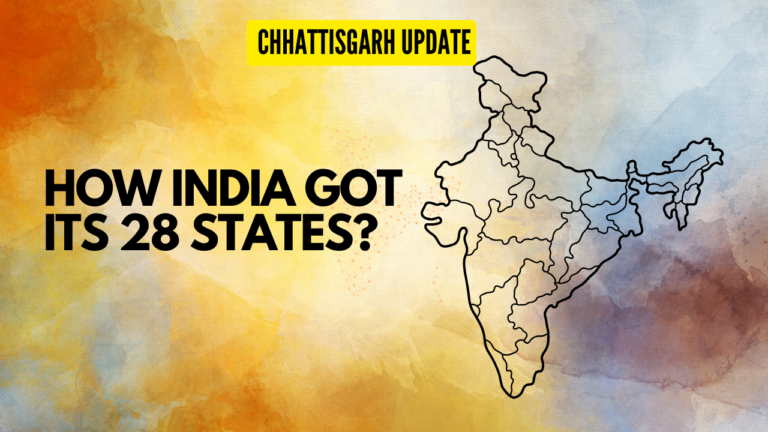In a startling revelation, the World Health Organization (WHO) has confirmed the sexual spread of monkeypox (mpox) in the Democratic Republic of Congo (DRC) for the first time. This confirmation comes amidst a record outbreak in the country, adding a new dimension to our understanding of the transmission dynamics of this infectious disease. Monkeypox, caused by the monkeypox virus, presents with symptoms such as a painful rash, enlarged lymph nodes, and fever. As the DRC grapples with this outbreak, let’s delve into the intricacies of monkeypox and the implications of this unprecedented development.
### Understanding Monkeypox:
#### **Caused by Monkeypox Virus:**
Monkeypox is an infectious disease caused by the monkeypox virus, a member of the Orthopoxvirus genus. The virus is closely related to the variola virus, which causes smallpox.
#### **Symptoms:**
The disease manifests with distinctive symptoms, including a painful rash, enlarged lymph nodes, and fever. The severity of symptoms can vary, ranging from a mild, self-limiting illness to a more severe form.
#### **Unknown Natural Reservoir:**
The natural reservoir of the monkeypox virus remains unknown. Various small mammals, including squirrels and monkeys, are susceptible to the virus. Understanding the reservoir is crucial for preventing and controlling outbreaks.
### Modes of Transmission:
#### **Person-to-Person Transmission:**
Person-to-person transmission of monkeypox can occur through direct contact with infectious skin or other lesions. This mode of transmission has been a key factor in the spread of the virus during outbreaks.
#### **Unprecedented Sexual Transmission:**
The recent confirmation by the WHO regarding sexual transmission of monkeypox in Congo marks an unprecedented development. This revelation adds a new layer of complexity to the understanding of how the virus can be transmitted between individuals.
### Global Spread:
#### **Initial Containment to African Countries:**
Monkeypox was initially limited to certain African countries until early 2022. However, the dynamics changed as the virus later spread globally, emphasizing the need for international collaboration in monitoring and managing infectious diseases.
### Implications and Challenges:
#### **Public Health Response:**
The confirmation of sexual transmission adds urgency to public health responses in affected regions. It requires a multi-faceted approach, including enhanced surveillance, awareness campaigns, and measures to prevent both traditional and newly identified modes of transmission.
#### **Unknown Reservoir Challenge:**
The challenge of an unknown natural reservoir adds complexity to efforts aimed at preventing and controlling monkeypox outbreaks. Research efforts are crucial to unraveling the mysteries surrounding the virus’s origins and its dynamics in animal populations.
### Conclusion: Navigating New Frontiers in Disease Control
As the Democratic Republic of Congo faces a record monkeypox outbreak, the confirmation of sexual transmission by the WHO introduces new challenges in disease control. This development underscores the importance of adaptability in public health strategies and the need for continued research to deepen our understanding of infectious diseases. Navigating these new frontiers requires a collaborative effort on both national and global scales to protect communities and mitigate the impact of emerging health threats.




